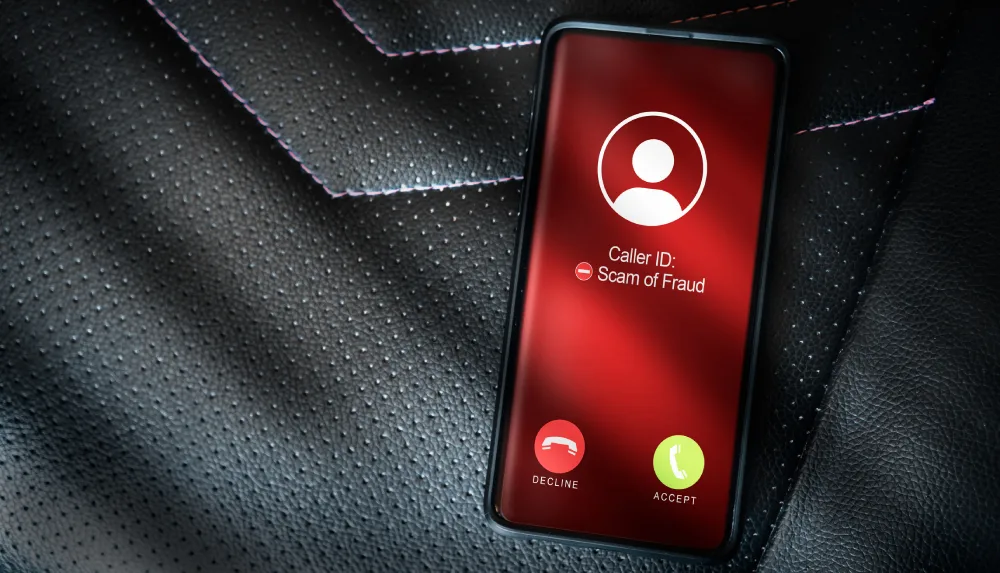Have you ever gotten a text from an unknown number that seems like a simple mistake, like “Hey, is this Sarah?” or “Are we still on for dinner?” These seemingly innocent messages could be the start of wrong number phone scams, a growing threat where fraudsters pretend to have dialed the wrong person to build trust and steal your money or data.
In this article, we’ll break down how these scams work, share real examples, and provide practical steps to protect yourself. By the end, you’ll know how to recognize red flags and avoid falling victim, saving you from potential financial loss or identity theft.
Wrong number phone scams exploit our natural politeness, turning a quick reply into a gateway for manipulation. With reports from the FTC showing a rise in these tactics, staying informed is key to safeguarding your personal information in an era of evolving digital threats.
Key Takeaways
- Wrong number phone scams start with harmless texts to confirm your number is active and engage you in conversation.
- Scammers build rapport over time, often leading to requests for money, crypto investments, or personal details.
- The best defense is not responding at all, blocking the number, and (if appropriate) reporting it to authorities.
- AI tools are making these scams more sophisticated and common, preying on loneliness or kindness.
What Are Wrong Number Phone Scams?
These scams use SMS text messages that appear accidental, designed to trick you into responding and building a false sense of trust.
In essence, a scammer sends a message pretending it’s for someone else, like confirming a shift at work or a family update. Once you reply, “wrong number,” they apologize and chat casually, gradually steering toward fraud.
The US Federal Trade Commission notes these are on the rise, with scammers aiming to extract money or access accounts (similar to phishing emails). For instance, they might pose as a relative with a new number or a potential friend, using patience to cultivate relationships that end in crypto schemes or romance ploys. Real-world cases include victims losing thousands after “investing” in fake opportunities shared via extended text conversations that may last weeks or months.
How Do Scammers Execute These Tricks?
Scammers use social engineering to exploit human nature, starting small and escalating to reach their final goal.
Common Tactics Used
- Initial bait: Messages like “Did you get my package?” or “Uncle Bob here with my new number” to prompt a response.
- Building trust: They engage in friendly banter, sometimes over weeks, sharing fabricated personal stories to create emotional bonds.
- The payoff: Requests for funds, such as “emergency” help or “hot investment tips” in cryptocurrency, often with urgent pleas.
AI helps scammers craft personalized messages by analyzing data dumps and social media feeds, making every text feel authentic and targeted.
An Example of a Wrong Number Scam
NBC reports the case of a U.S. man, who chose to remain anonymous due to concerns about his business prospects, who lost half a million dollars after responding to a simple “Hi” text from an unknown number. He replied indicating it was a wrong number, and the scammer, posing as a younger woman who had recently moved to the U.S., continued the conversation.
Over several weeks, they built rapport via phone calls and moved to Telegram, where she convinced him to invest increasing amounts in a fake cryptocurrency opportunity. He realized it was a scam only after the money was gone, describing himself as both disappointed and impressed by the con artist’s tactics.
How Can You Protect Yourself From These Scams?
You can reduce your risk significantly simply by ignoring random text messages and using tools to block threats
Steps to Stay Safe
- Don’t reply: Even a simple “wrong number” return message confirms your phone number is active, allowing scammers to ‘mark’ it for future spam.
- Block and report: Use your phone’s features to block the number. In the US, you can forward scam messages to 7726 (SPAM) or the FTC.
- Verify independently: If the messages claims to come from a family members, call them directly on a known number.
- Learn to spot spam: Take a look at our article 20 Spam Text Message Examples and What to Do About Them to get a feel for how scammers will target you. and always avoid clicking links in unsolicited texts.
- Educate others: Share stories with friends to raise awareness, as loneliness makes some more vulnerable to romance scams.
Conclusion
Wrong number phone scams are clever ploys that start innocently but can lead to serious financial harm. By recognizing tactics like fake rapport-building and urgent requests, you can protect yourself effectively.
Stay vigilant, ignore unknown texts, and use reporting tools to fight back. As always, you are your own best defense against social engineering scams.
